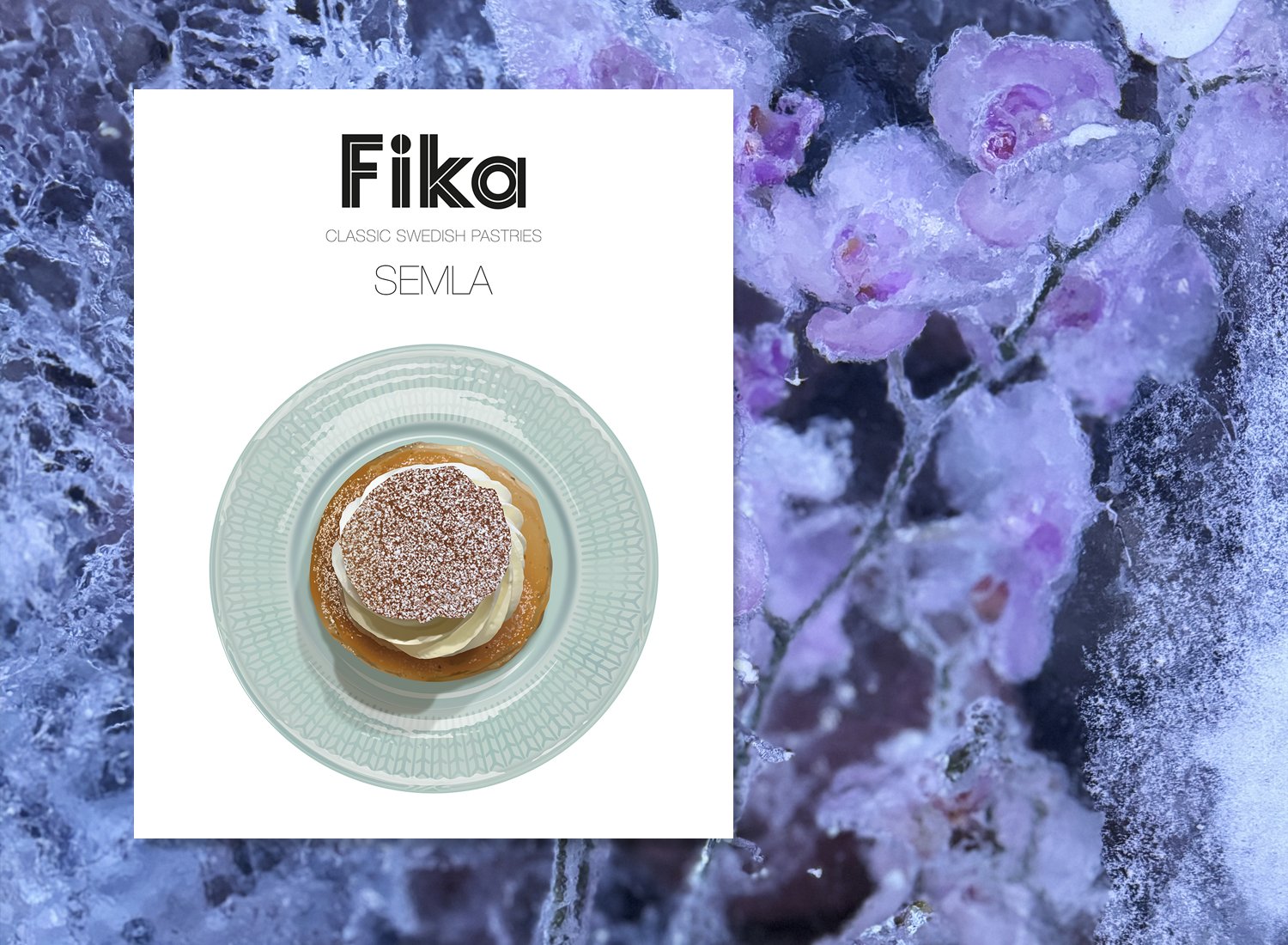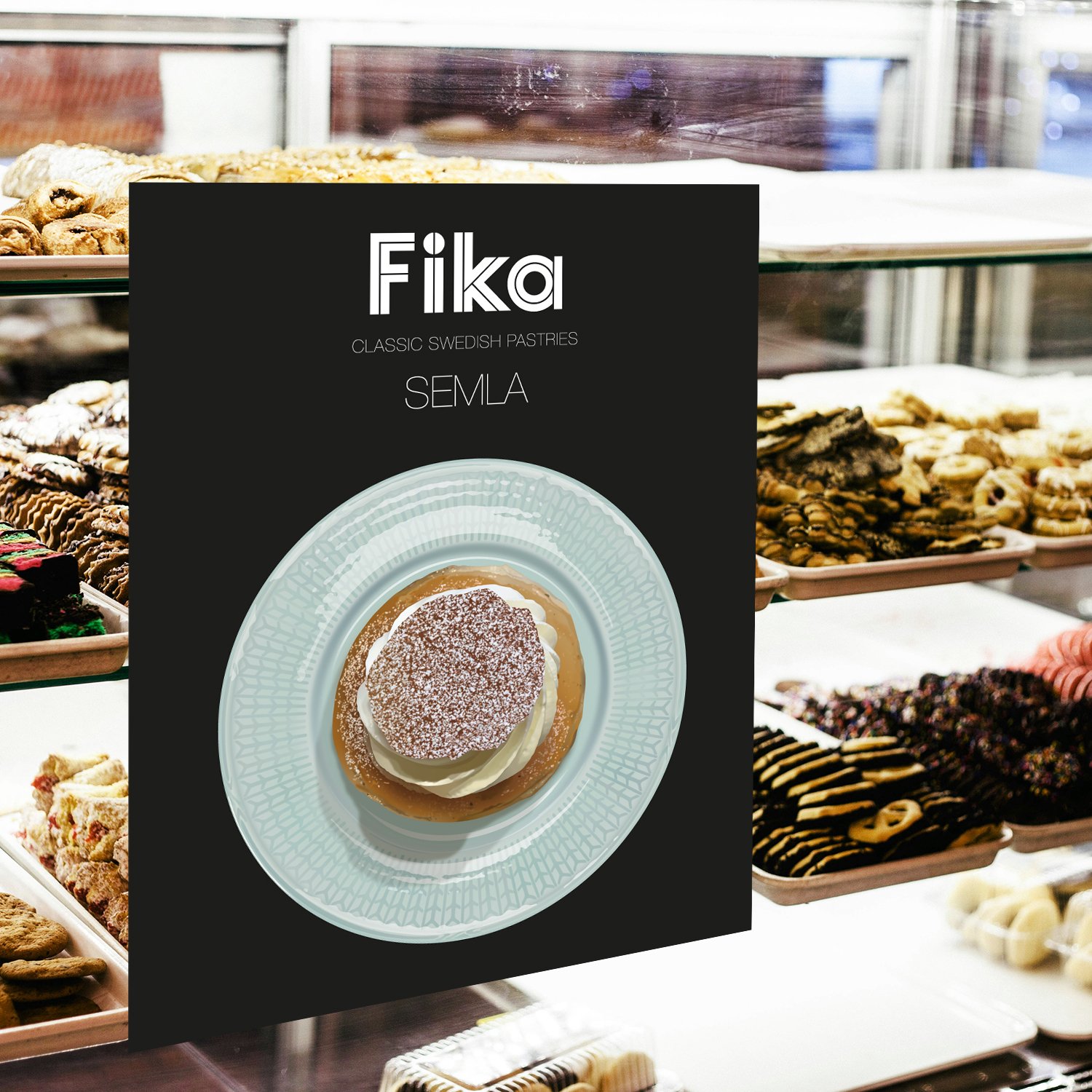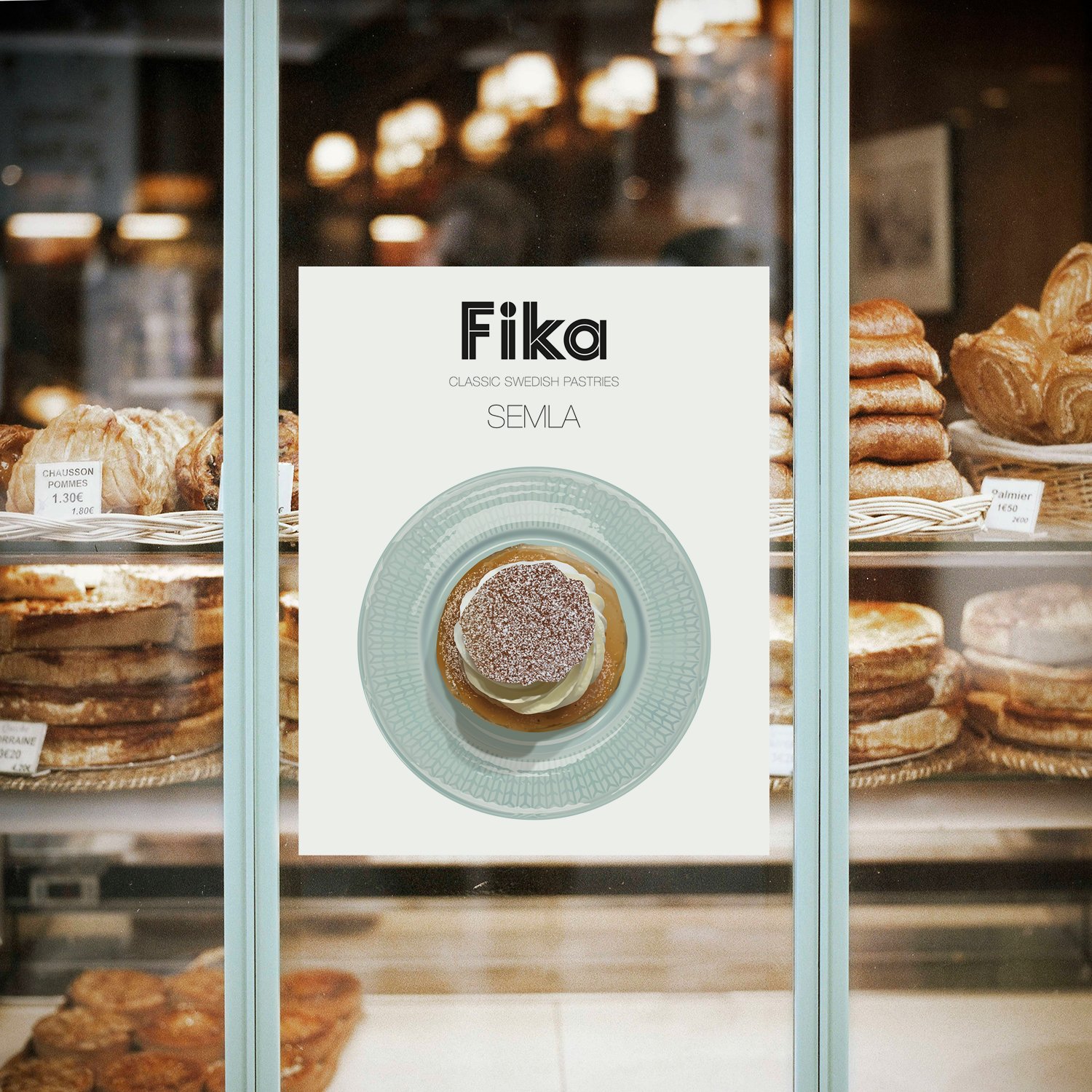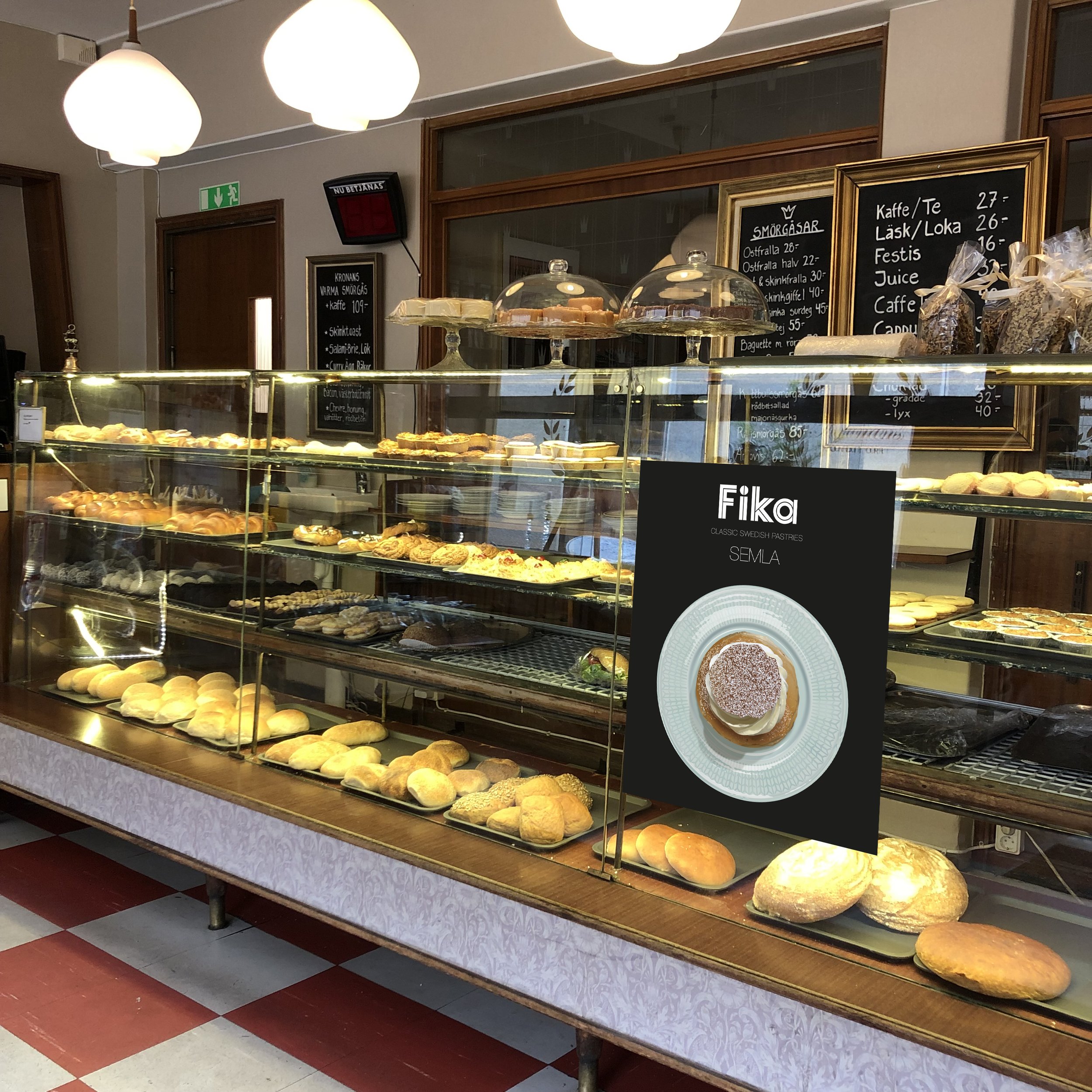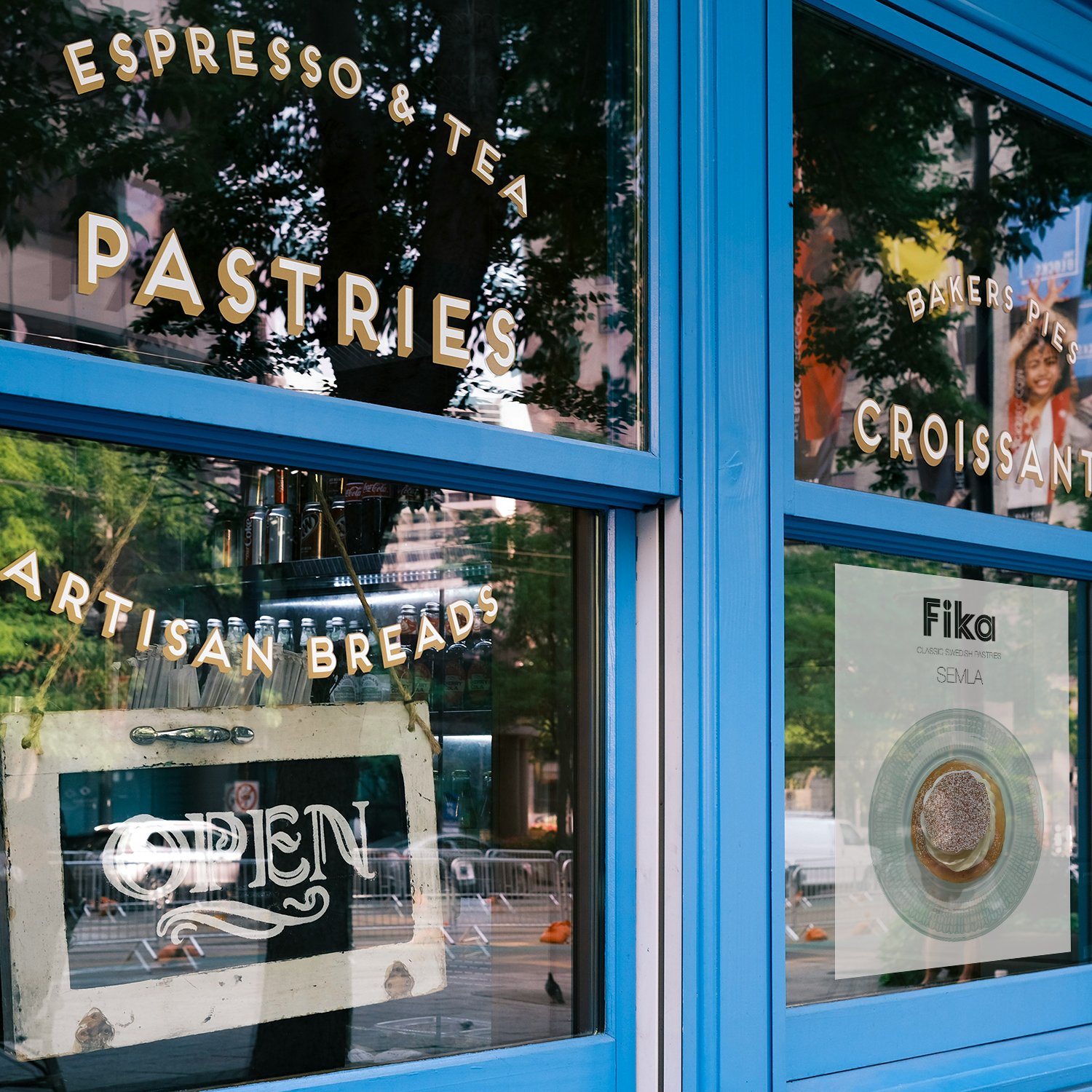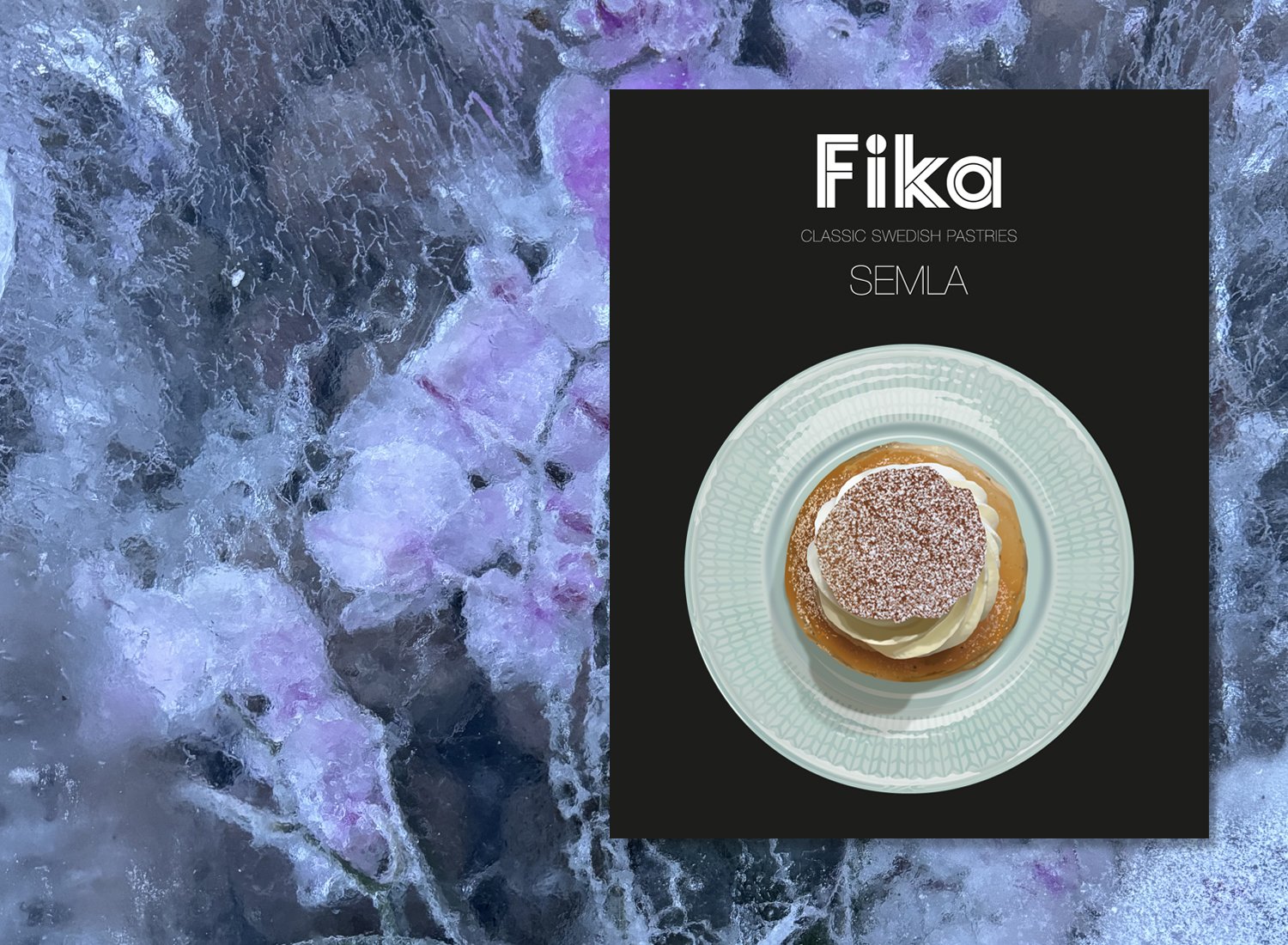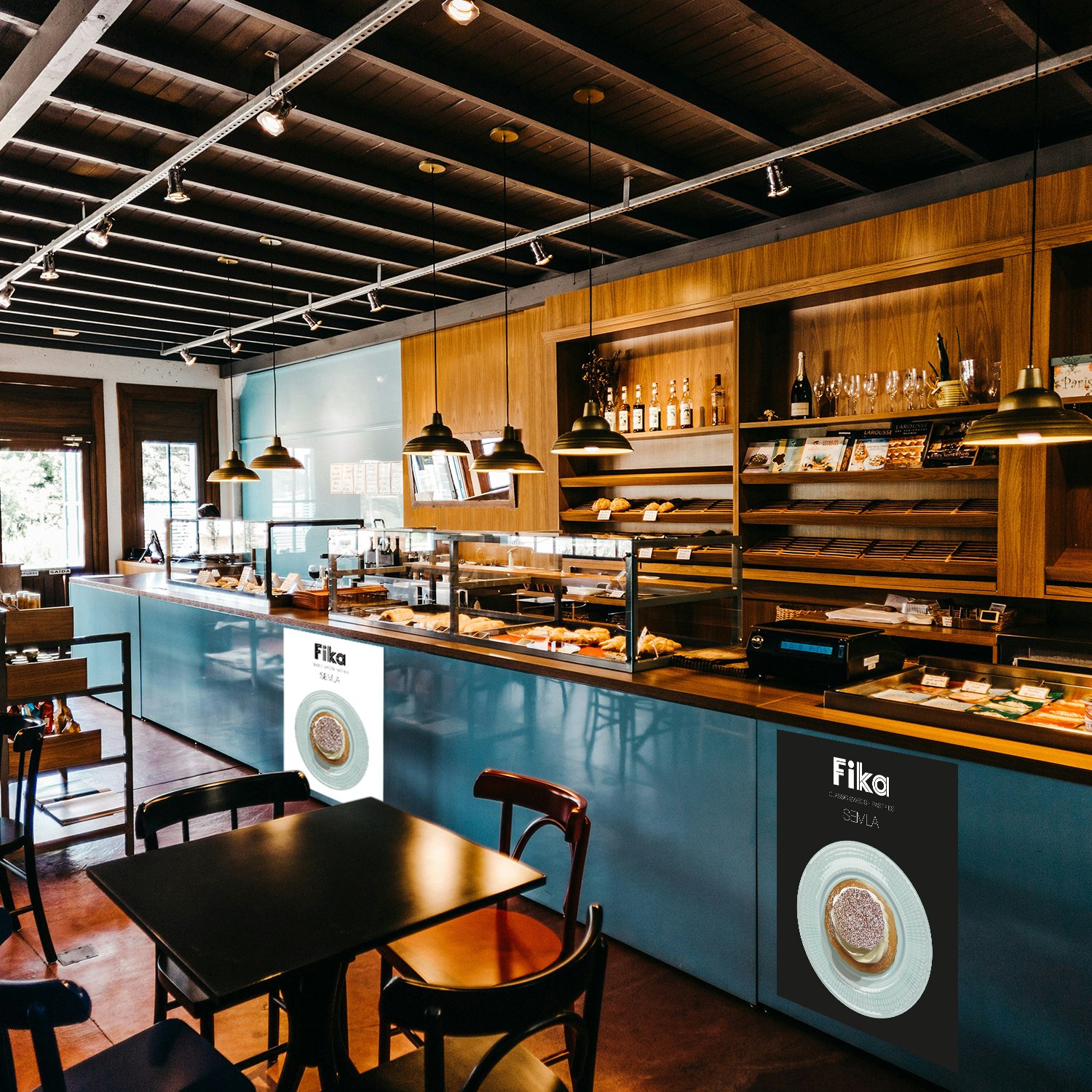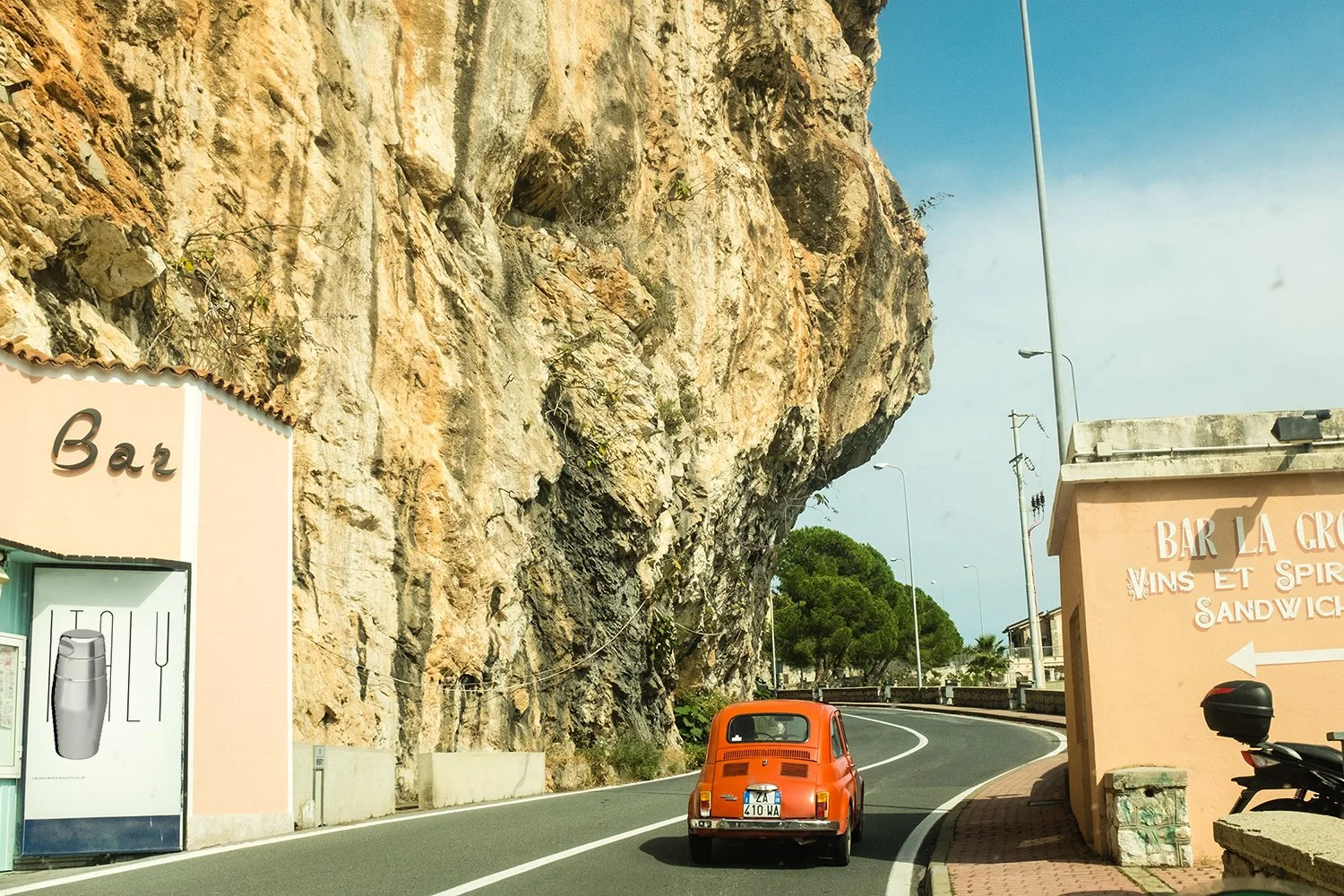HALLOWEEN
Halloween is celebrated every year on October 31. The tradition started as an ancient Celtic festival called Samhain when bonfires were lit and people wore costumes to scare off ghosts. In the eighth century, Pope Gregory III decided that November 1 should be a day to honor all saints. The two celebrations soon merged and the evening before All Saints Day came to be known as All Hallows Eve, later Halloween. In the United States Halloween parties didn’t really take off until the late 19th century when a great amount of Irish immigrants came, fleeing the Irish Potato Famine. So shake up a Bloody Mary, Blood and Sand, Zombie, Death in the Afternoon, El Diablo a Last Word or any other Halloween-like cocktails to celebrate this All Hallows Eve.
THE LAST WORD
The cocktail was invented at the Detroit Athletics Club around 1915, a club originally founded in 1887 but remade in the early 1900s to cater to Car Company executives and other prominent Detroiters. Not only was the club exclusive, the Last Word was the most expensive cocktail at the club selling for 35 cents, twice as much as a Manhattan.
The Last Word might have been made in honor of the New York vaudeville performer Frank Fogarty. He was performing at Detroit’s Temple Theater at the time of the drinks creation, and the name of the cocktail might be an allusion to the monologue with which he closed his act. The recipe for the Last Word didn’t appear in print until Ted Saucier, an authority on food and drink, added it to his 1951 cocktail book Bottoms Up. In the book Saucier, a boulevardier according to New York Times, calls Fogarty “a very fine monologue artist”. After Bottoms Up the drink never really took off, until the early 2000s.
THE DESIGNER
The cocktail glass was designed by Polish-Ukrainian designer Wszewłod Sarnecki in 1964.
Different Region Means Different Pasta
“La Pasta Italiana” is a new exhibition featuring posters with pasta from 8 different regions in Italy. It opens at the Italian Coffee Bar Sempre at Jacobsbergsgatan 5 in central Stockholm.
Join me on Friday October 11 at 5 pm for an aperitivo at the best Italian Coffee Bar in Stockholm.
Straight From Peanut Country
This cocktail is not, as you might assume, named after actress, movie star and serious cocktail and Bourbon enthusiast Tallulah Bankhead. Instead, the cocktail is a tribute to the Southern blue collar tradition of putting a handful of peanuts into a bottle of Coca-Cola as a quick snack. This particular way of mixing salty peanuts into the sugary soda, sometimes referred to as “farmer’s Coke”, started in the 1920s when shelled and salted peanuts were first sold in small packets in grocery stores. The practicality of being able to have both food and drink in one hand, leaving the other hand free to drive your car or work made for it to quickly spread through the Southern states from Texas to the Carolinas. Basically all States that grew peanuts.
According to the National Peanut Federation it was convenient in another way too. Workers with dirty hands didn’t want to eat their peanuts without first washing their hands. When that wasn’t possible they could instead simply dump their snack into their bottle of Coke.
The Tallulah was invented by bartender Zak Kittle while working at Ollie Irene, a gastro pub in Birmingham, Alabama. The co-owner of Ollie Irene, Chris Newsom, had a great-aunt called Tallulah and her love for whiskey made them borrow her name for the drink.
The Tallulah is made with whiskey, typically Jack Daniel’s, peanut orgeat, instead of the regular orgeat made with almonds and featured in many tiki drinks, Coca-Cola and a garnish of salted peanuts.
THE DESIGNER
The glass was designed by Akira Minagawa, in 2021 as a collaboration with Sugahara glassworks. It is called Peanuts.
TALLULAH
2 parts Tennessee Whiskey
1 part Peanut Orgeat
2 parts Coca-Cola
Shake first two ingredients and strain into the glass. Top up with Coke and garnish with salted peanuts.
Enjoy it like a peanut farmer.
An Iced Tea From Long Island
The Long Island Iced Tea hasn’t got anything in common with Iced Tea, it does however seem to have a lot to do with Long Island either Long Island, New York or Long Island, Tennessee.
In 1972, a bartender called Robert "Rosebud" Butt, working at the Oak Beach Inn on Long Island, New York entered a competition to create a new cocktail requiring the use of triple sec. The result, the Long Island Iced Tea, didn’t actually feature that much triple sec but it did contain loads of liquor. Some say that this blend of equal measures of vodka, gin, rum, tequila, triple sec, lemon juice, sugar syrup and cola has the taste of a hangover but the fact is that it is oddly well put together.
This is the most widely accepted origin story but there is at least one other often told claim. According to this, the drink was invented in the 1920s in Long Island, Kingsport, Tennessee by “Old Man Bishop”. This Prohibition era version was made with whiskey, rum, vodka, tequila, gin and maple syrup. During the 1940s Mr Bishop’s son Ransom Bishop added lemon and lime juice and a splash of cola to the drink. During Prohibition it was common for bar owners to mask the drinks by trying to make them look inconspicuous for example like an innocent glass of iced tea.
Interestingly the state of Tennessee had enacted their first prohibition laws as early as 1838 so bar owners were probably used to dealing with bootleggers in the 1920s. Especially in the eastern parts of the state, like Kingsport, where law enforcement officers were often in conflict with bootleggers and moonshiners. That said, it would have been very difficult to make a drink with five different types of liquor when spirits were already hard to come by, even with good contacts within the bootlegging world. Paired with the fact that vodka wasn’t widely used in the US until the 1940s, it isn’t very likely that the Long Island Iced Tea is native to Tennessee after all. Besides the drink wasn’t featured in print until the 1970s.
Regardless of its reputation of being a drink ordered solely for its alcohol content the Long Island Iced Tea became immensely popular during the 1980s and remains so to this day.
THE DESIGNER
The glass, called Crystal Edge, was designed by Japanese glass designer Kenji Matsuura for Sugahara Glassworks in 2014.
La Pasta Italiana: Farfalle
The history of the farfalle pasta, meaning butterflies in Italian, dates back to the 16th century in Northern Italy.
Originating in the regions of Lombardy and Emilia-Romagna, farfalle was traditionally made by hand in Italian homes. The pasta is shaped by pinching the center of a small rectangle of pasta dough, giving it its characteristic butterfly or bow-tie form.
Traditionally, farfalle was made using eggs and soft-wheat flour when prepared at home. However, when produced commercially in factories, it is typically made with durum wheat and either eggs or water. The choice of ingredients affects the pasta’s texture and taste, with homemade versions often being richer and more toothsome.
Farfalle comes in various sizes and can have slight variations in design depending on the region. Some versions may have flat edges all around instead of the iconic fluted sides. The versatility of farfalle has made it a popular pasta shape worldwide, suitable for both hot dishes with sauces and cold pasta salads.
The process of making farfalle by hand involves rolling out the pasta dough to a thin sheet, usually about 1mm thick. The dough is then cut into rectangles, and each piece is carefully shaped by hand. The center is gently pushed down to create a crease, while the long edges are pulled up slightly and then folded down and pressed to seal the dough together, forming the distinctive shape.
Over time, farfalle has become one of the most recognizable short-cut pasta shapes, loved for its playful appearance and ability to hold sauces well. Its popularity has led to widespread production, with both artisanal pasta makers and large-scale manufacturers offering this charming pasta shape to consumers around the world.
Happy King Kamehameha Day!
King Kamehameha Day was proclaimed a national holiday on December 11, 1871 by King Kamehameha V to celebrate his grandfather, King Kamehameha the Great, the father of the Hawaiian Kingdom. Originally the people of Hawai’i wanted to honor Kamehameha V on his birthday on December 11, but being a humble chief he chose a date as far away from his own birthday as possible, June 11. Every year, a statue made in Italy in 1883, honoring King Kamehameha I in downtown Honolulu is draped with 90 thirty-foot flower leis. King Kamehameha Day is celebrated all over the Hawaiian islands with parades, dances and flower decorations.
THE ROYAL HAWAIIAN
Princess Ka’iulani was born in 1875 to Hawaiian Princess Miriam Likelike and Scottish-born businessman Arthur Cleghorn. At age 11 she lost her mother and at 13 she was sent to England to get a British education. While in England, in 1891, the King passed away and his sister, Lili’oukalani became Queen making Ka’iulani the heir apparent. When Ka’iulani finally came back in 1897 Queen Lili’oukalani had been forced to abdicate and a year later Hawaii was annexed by the US, something Princess Ka’iulani fought hard to stop. Having struggled with poor health during the 1890s the devastated Ka’iulani died in 1899, only 23 years old. Twenty eight years later, a pink palace, the Royal Hawaiian Hotel opened in Honolulu. During the 1920s they created a signature cocktail named Princess Ka’iulani as a tribute to the princess. The cocktail changed name in the 1950s to Royal Hawaiian, but the legacy of Princess Ka’iulani lives on as a symbol of strength, grace, and the rich cultural heritage of Hawai’i.
THE DESIGNER
The glass for the Royal Hawaiian is fittingly called Princess and was designed by Danish architect and designer Bent Severin in 1957.
THE ROYAL HAWAIIAN
3 parts Gin
2 parts Pineapple juice
1 1/2 parts Orgeat
1 part Lemon juice
Shake ingrediens with ice until well chilled. Strain into chilled glass. Garnish with an orchid.
Happy King Kamehameha Day!
Home Made Pasta From Sicily
The Casarecce pasta originated in Sicilia and got its name from the Italian word “casareccio” meaning home made. The distinctive scroll like shape is obtained by rolling small rectangles of dough round a thin wooden stick or metal rod called a “ferro”. This process creates a pasta with the perfect amount of nooks and crannies to evenly distribute the pasta sauce to every forkful.
If the Casarecce isn’t home made the best commercially made pasta is produced with a bronze die, creating a rougher pasta surface that is even better at catching sauce than the home made version.
In Sicily, Casarecce is often served with traditional dishes from the region such as Sicilian pistachio pesto or seafood and fish like swordfish.
A New York Style Swedish National Day
LAUNCH OF SEX AND THE CITY
Based on author Candace Bushnell’s newspaper column and later book anthology the HBO comedy-drama Sex and the City, first aired on June 6, 1998. After 94 episodes and six seasons the last episode was released on February 22, 2004. As June 6 is also the Swedish National Day and that the Cosmo is made with Absolut Vodka it is a great reason to have a Cosmopolitan today.
THE COSMOPOLITAN
Even though the Cosmopolitan isn’t that old, the origin isn’t quite clear. It might have been invented in 1985 by Miami bartender Cheryl Cook at a South Beach bar called the Strand. Wanting to make a perfect cocktail for a Martini glass, Cook used the Kamikaze as a base, used citrus-flavored vodka and added a splash of cranberry juice.
Maybe more likely, it was first invented by bartender Toby Cecchini in 1988 when he was working at Odeon in New York’s Tribeca. Odeon was one of the trendiest bars of the 1980s, frequented by celebrities like Madonna, Robert DeNiro and Andy Warhol. An Odeon waitress had tried a new cocktail in San Francisco made with vodka, Rose’s Lime and grenadine. Liking the idea but hating the taste Cecchini wanted to make something less sweet and artificial. He used Absolut Citron, just released in 1988, added Cointreau, lime juice and a splash of cranberry juice. Soon Madonna, Basquiat, Lou Reed and Andy Warhol were sipping Cosmos and before long NY was flooded with them.
Ten year later, when New Yorkers were sick of them, in steps the characters of Sex and the City. The Cosmo didn’t actually appear until the second season, in 1999, but it soon became as important as the Manolos. The glamorous life of the “Fab Four” was unobtainable for most fans but anyone could afford a Cosmopolitan.
THE DESIGNER
The glass is called Margot and was designed by Ferrone in 2013.
Inspired By Ugliness
Konstantin Grcic was born in 1965 in Munich but was brought up in Wuppertal, a city in the industrial part of Germany. The city is considered to be one of the ugliest cities in the whole country. “Growing up there created an awareness in me that there is beauty in ugliness” as Mr. Grcic describes it.
During the 1980s he studied cabinet making at Parnham College in British Dorset after which he continued studying Industrial Design at the Royal College of Art in London and worked for a while with Jasper Morrison. In 1991 Grcic went back to his home country to start his own design studio, Konstantin Grcic Industrial Desig, in Munich. Throughout his career Grcic has been fascinated by the industrial process following the footsteps of designers like Marcel Breuer, Vico Magiatretti, Gerrit Reitveld and Achille Castiglioni.
The Chair One was designed for the Italian design company Magis in 2004 and is a great example of Konstantin Grcic’s approach to design.
The Flower and the Cocktail (Mimosa Day)
Being Mimosa Day, why not give the Mimosa an extra kick by adding some Grand Marnier to the drink, making it a Grand Mimosa. Since it’s supposedly a favorite aperitif in the British Royal Family (along with the Dubonnet Cocktail) it is a perfect drink to enjoy on a warm day in May.’
THE MIMOSA
The Mimosa got its name from the delicate yellow Mimosa flower. It is essentially a fruitier Buck’s Fizz and was created in 1925 by a bartender called Frank Meier at the Ritz Hotel in Paris. Interestingly, in Frank Meier’s own cocktail book “The Artistry of Mixing Drinks” from 1936 Meier listed 300 cocktails marking the ones he had created with a symbol. The Mimosa never got one. It might have been a printer’s error or he never actually invented it. The Mimosa calls for equal measures of champagne and freshly squeezed orange juice served over ice whilst the Buck’s Fizz uses 1 part orange juice to 2 parts champagne without the ice. Some suggest the Mimosa was first made in San Francisco in the 1940’s by none other than Sir Alfred Hitchcock but as it appeared in Frank Meier’s cocktail book in 1936, that’s not very likely. That said, Hitchcock was, along with Royal Family, essential in making the Mimosa popular in the United States. In 1961 the London correspondent of the Sydney Morning Herald reported that “The Queen, the Duke of Edinburgh, and the Queen Mother all have adopted a champagne cocktail they call Mimosa.” Apparently the Queen had been introduced to the drink by Louis Mountbatten, 1st Earl Mountbatten of Burma, who in turn had picked it up on a visit to France. The Mimosa appeared on brunch menus in New York in the early 1970s and has stayed ever since.
THE DESIGNER
Cesare Colombo, more known as Joe Colombo, designed the Smoke glass in 1964. It is made so that you can drink while keeping your cigarette at the ready in the same hand.
A World Filled With Cocktails
On May 13 in 1806 the first known definition of the word cocktail was published in an upstate New York newspaper, The Balance and Columbian Repository. The cocktail, as they wrote it, was described as “a stimulating liquor, composed of spirits of any kind, sugar, water and bitters”. This is also the date Giuseppe Cipriani opened Harry’s Bar in Venice in 1931, home of the Bellini.
THE BEE’S KNEES
The Bee’s Knees was possibly created by the Austrian Frank Meier, during the 1920s when he was the first head bartender at Cafe Parisian at the Ritz Hotel in Paris. During WWII and the German occupation of Paris, Mr. Meier kept the bar open but being half Jewish he started working with the French resistance and handed information about the Germans staying at the Ritz to British intelligence. He also helped Jewish hotel guests escape the concentration camp roundups by providing them with fake documents.
The first time the cocktail was mentioned was in a news article from 1929 where it was attributed to the American socialite Margaret Brown. The article was about women-only bars in Paris and Margaret Brown, being a wealthy widow, shared her time between her home in Denver, Colorado and Paris where she was a frequent guest in these women-only bars. On a side note Margaret Brown also went by her nickname “the Unsinkable Molly Brown” after being one of the 712 people surviving the Titanic in 1912. Yet another background story is that the honey used in the Bee’s Knees was added since it is a great way to hide the harsh taste of cheap bathtub gin. Putting it all together Margaret Brown might have had the cocktail in an American speakeasy and brought the recipe to Paris where Frank Meier made it his own. If so, all three origin stories could be true. But that, of course, is just mere speculation.
THE DESIGNER
Astrid Luglio designed the glass called Travasi in 2023.
Hear the Sound of Pasta
This very original pasta from the southern Italian region of Puglia, the heal of the boot if you will, is called Orecchiette, “little ears”. It is believed to have originated in the 8th or 9th centuries when Puglia was under Norman-Swabian rule, or Normanno-Svevo in Italian. With the origins this far back in time however, it is very hard to be absolutely certain how the pasta came about. Similar pasta is found both in Provence in France and in the northern parts of Liguria, the home of the Trofie, but the specific shape and the pasta seems to be a very Pugliese thing. Locally, the pasta is said to be made to look like the roofs of the Trulli houses, a very particular type of round, hut-like houses found in Alberobello in Puglia and nowhere else in the world.
The pasta is made without eggs and it is shaped by pressing your thump print into the dough to create a small bowl. This sauce-cup makes a perfect vessel to catch the pasta sauce, traditionally a tomato sauce, “orecchiette al sugo.”
Some Arrange A Carnival But Swedes Have A Sweet Bun
The history of this very seasonal Swedish bun is older than you might think. The name is thought to be a mix of two Latin words, “simila” meaning wheat flour or bread baked from wheat flour, and “semi” for half. It was mixed with “semlja”, an old word of unknown origin meaning globe. Simila, and similar sounding words with the same meaning, spread during antiquity and were used by Romans, Greeks and Arabs alike.
During the 1500s in Copenhagen, Denmark there were special “Simle bakers” and in the Swedish king Gustaf Vasa’s Bible from 1541 the word appeared again when it was mentioned that offerings were made consisting of “baked semlo cakes mixed with oil”.
Starting as a plain round bun it began to transform from the 1500s and onwards. The first part of the change was that it was sweetened with honey, some years later the crumb was scooped out and cooked with cream and butter before being returned to the hole in the bun. In the 1700s almonds became more common in Sweden and they were ground and mixed with the crumb and cream mixture. In the 1850s almond paste was started to become more prevalent and took the place of the ground almonds. Not until the 1930s the whipped cream became an integral part of the bun, making it into what Swedes know and love today.
Up to the 1950s Swedes started eating Semla on Fat Tuesday, Fettisdagen in Swedish, and ate them until Easter. Only on Tuesdays though. This tradition has now given way to the Semla being sold from right after Christmas until Easter. In Sweden we eat an average of 4-5 Semla per person each year. It adds up to 40 million. Mind you, this is a bun that is solely sold during a three month period so you see them pretty much everywhere during this time of year.
In essence, when many parts of the world have carnevals, Swedes sit down with a cup of coffee and a wheat bun filled with almond paste and whipped cream.
Happy New Year of Cocktails
A brand New Year is here starting the Year of Cocktails. The gaol is to make all of the 52 cocktails that are presented in our almost brand new cocktail book. Starting with the Bloody Mary Day on January first and all the way until the end of 2024 with the last cocktail on the list being the true classic, the Champagne Cocktail.
We all hope 2024 is going to be an amazing year, specifically an amazing year of cocktails.
The Perfect Gift That You Don't Choose Yourself
Sometimes gift giving is hard. What do you give to a relative you don’t even know that well, or a co-worker, or in some cases even your close family. The perfect solution could very well be a gift card. The only downside is that they are usually only valid for a year. This is not, however, the case at mobilità, we will let you use it for at least 3 years (and if you ask kindly we can prolong it even further).
So take the opportunity to get the easiest but yet the most loving gift we can think of. A gift card at mobilita.se/shop. The shop grows almost every week with new prints, totes, throw pillows and t-shirts and last, but not least, our brand new cocktail book A Year of Cocktails. So wait no longer, Christmas is right around the corner.
Santa Sees You!
Finally it’s December and at least in Stockholm we’ve got snow. Feeling the Holiday spirit we just released some new Christmasy coasters on Red Bubble. Something to think about to maximize the amount of presents from the man with the bag and to minimize the risk of getting a lump of coal instead. You can find them at our Made Close page on Red Bubble along with a whole range of Holiday themed products.
https://www.redbubble.com/people/MadeClose/explore?asc=u&page=1&sortOrder=recent
Have a lovely weekend.
Black Friday Book Release
As you all know, today is Thanksgiving (Happy Thanksgiving All) and tomorrow is Black Friday. We don’t usually celebrate Black Friday at mobilità but when it coincides with our book release we just couldn’t help ourselves. We celebrate by offering A Year of Cocktails for 850 SEK from now until midnight on Sunday the 26th. After that the book will be 1,100 SEK so take the chance of saving 250 SEK (almost $24).
Again, Happy Thanksgiving!
Negroni Week is Discount Week
This week is Negroni Week and if you haven’t started already it’s time to stir one up. Preferably using the Alessi Shaker 870 designed by Carlo Mazzeri and Luigi Massoni in 1957. Or buy the Random Things poster with the shaker, why not together with a Negroni poster. If you’d like you can use the discount code NEGRONI for either of the two posters to get 10% off but no pressure, you can buy them without the code as well. Being Negroni Week the code should apply to the Negroni Sbagliato poster as well, and it does.
A Whole Year of Cocktails
Almost since the start of the cocktail print project I have been asked when I will make it into a book and finally I’ve got an answer. It is happening now. I decided to make it into two separate books with 52 cocktails in each. One cocktail per week for a whole year. Or if you’d like to go about it another way, all of them are also attached to a date or at least a part of the year. Like the Blood and Sand for International Scotch Whisky Day (yes there is such a day, February 8) or a Zombie to celebrate tiki pioneer Donn Beach’s (a.k.a. Don the Beachcomber) birthday. Or why not make a Saketini, a cocktail created for the 1964 New York World’s Fair, on the date the fair opened their gates, April 22.
The book comes complete with the history of the cocktail, the story about the glass designer and the history of the date that the cocktail is in some way attached to.
More information is to come but expect it to be ready in time to make a fabulous gift for the holiday season.
But first thing first. Here is a teaser. Enjoy!
The Shaker That Conquered the World
The Alessi company was founded in 1921 by sheet metal worker Giovanni Alessi Anghini who set up shop in Omegna, not far from Milan. The company started out making tableware in copper and brass but they soon expanded to coffee pots, trays and other household products. In 1938 Alessi introduced stainless steel and after the war this entirely replaced brass in the production. From the 1930s until the ’50s Carlo Alessi, the son of Giovanni, was head designer but when his younger brother Ettore joined the business in 1945 he made Carlo realize the potential in hiring external designers. One of the first project being designed outside the family was the incredibly successful Shaker 870, created by Carlo Mazzeri and Luigi Massoni in 1957.
Carlo Mazzeri was born in Oleggio, Italy in 1927 and studied architecture in Venice. Just a year after graduating in 1956 he designed the shaker for Alessi with Luigi Massoni. During the 1960s and ’70s he kept working for Alessi alongside Anselmo Vitale, designing a series of products for the hotel industry. Working with industrial construction, Mazzeri also made the new Alessi plant in Omegna in the 1960-1971.
Luigi Massoni was born in Milan in 1930 and this is where he studied at the “Collettivo di Architettura”. One of his first major designs was the Shaker 870 but he continued working with Alessi, creating the Serie 5 containers. Massoni wasn’t just working as an architect and designer, he was also a freelance journalist and in 1959 he founded “Mobilia” a center for the promotion of Italian design. Through the years Massoni kept designing for the home and kitchen working with Boffi and Guzzini.
Through the years Alessi has worked with designers like Achille Castiglioni, Patricia Urquiola, Zaha Hadid, Jasper Morrison and Philippe Starck.
















































































